In today’s world, people are looking for food with natural ingredients. They want to know what’s in their food. This guide will help you understand what makes a food product have a “clean label.” You’ll learn how to choose healthy food options.
Are you curious about the clean label movement? Do you wonder what makes natural ingredients better for you? This guide will answer your questions. It will help you find healthier, more transparent food choices.
Key Takeaways
- Understand the growing consumer demand for clean label products with natural, recognizable ingredients.
- Explore the impact of the clean label movement on the food manufacturing industry and global trends.
- Discover the key characteristics that define a “clean label” ingredient and how to identify them on product labels.
- Learn the differences between natural and artificial food ingredients, and the potential health benefits of clean label alternatives.
- Navigate the world of free-from claims and certifications, such as non-GMO and organic, to make informed purchasing decisions.
Understanding Clean Label Movement in Modern Food Industry
In recent years, the clean label movement has become very popular in the food industry. People now want foods that are transparent and natural. This change is because more consumers are looking for clean eating and minimal processing.
The Rise of Consumer Awareness
Today, people are very careful about what they eat. They check labels and look for healthier options. This is because they want to know what’s in their food. The clean label movement is a response to this, with companies trying to use cleaner ingredients.
Impact on Food Manufacturing
The clean label trend has changed the food industry a lot. Brands are now making products without artificial additives and preservatives. They are using more natural ingredients instead. This change has affected how they make and sell their products.
Global Clean Label Trends
- North America and Europe are leading the clean label movement. Consumers in these areas want natural, minimally processed foods.
- Asia-Pacific is also seeing a rise in clean label adoption. This is because of a growing middle class and health awareness.
- Latin America and the Middle East are starting to see more clean label awareness. But the pace of change varies by country and product.
The clean label movement has changed the food industry a lot. Companies are working hard to meet the needs of health-conscious consumers. This trend towards natural ingredients is shaping the future of food.
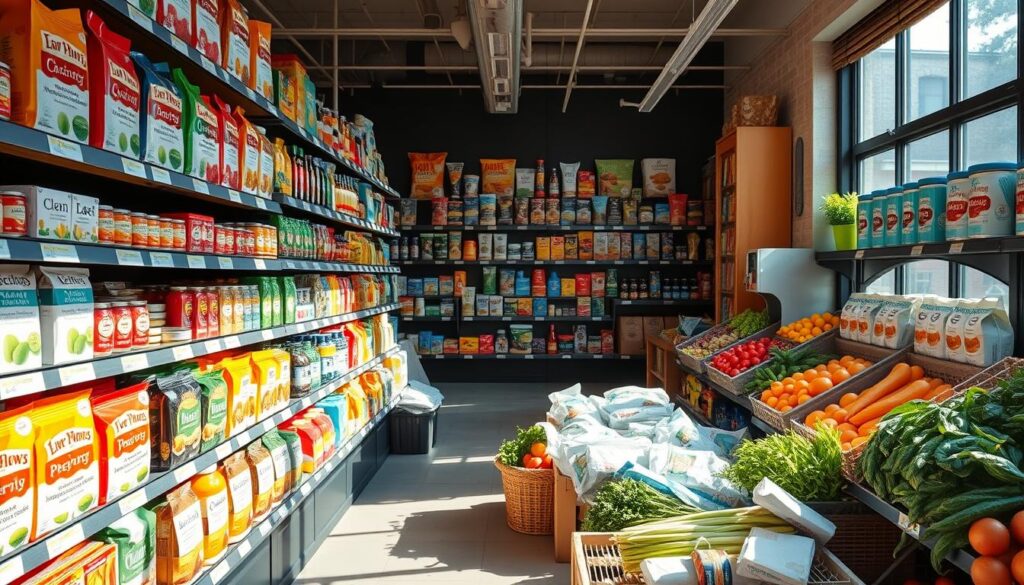
What Makes an Ingredient Clean Label?
In the world of clean label food, only simple, natural ingredients are used. These simple ingredients are the heart of a clean label. They offer consumers a product they can trust and understand.
To qualify as a clean label ingredient, it must meet certain criteria. First, it must be additive-free and preservative-free. This means no synthetic or artificial compounds are present. Clean label ingredients usually come from natural sources like fruits, vegetables, and spices.
- Minimal processing: Clean label ingredients are processed as little as possible to keep their natural state and nutrients.
- Easy to recognize: These ingredients have names that are simple and familiar to most people.
- Transparency: Clean label products clearly list their ingredients, helping consumers make better choices.
By choosing these simple, additive-free and preservative-free ingredients, clean label products offer a healthier choice. They stand out against the highly processed and chemical-filled foods that have been common for too long.
| Ingredient | Clean Label | Conventional |
|---|---|---|
| Sweetener | Honey, maple syrup, cane sugar | High fructose corn syrup, artificial sweeteners |
| Thickener | Xanthan gum, agar, tapioca starch | Carrageenan, modified corn starch |
| Preservative | Vitamin E, citric acid | Sodium benzoate, potassium sorbate |
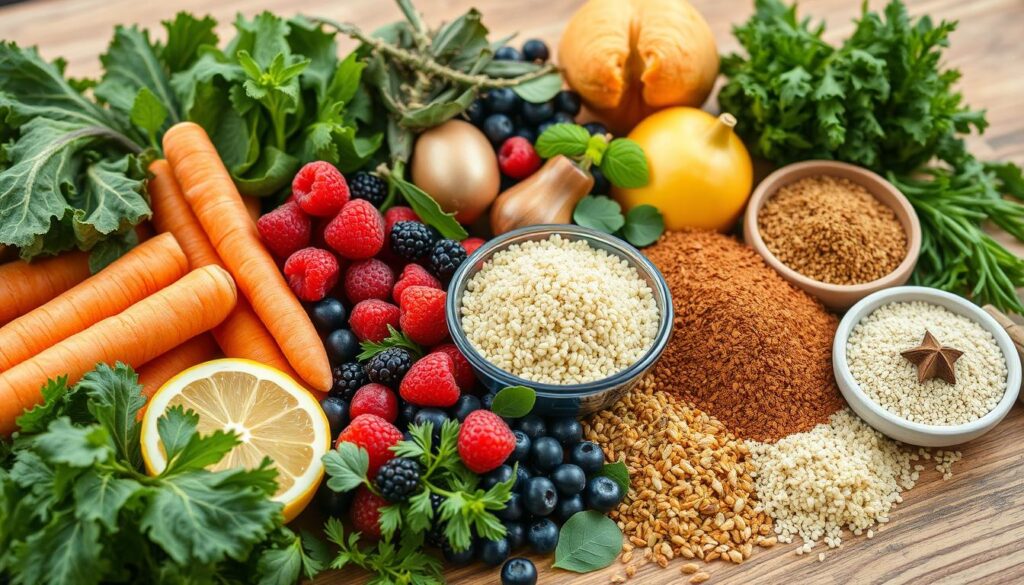
“Clean label is not just a trend – it’s a fundamental shift in consumer expectations and the way the food industry operates.”
Natural vs. Artificial: Breaking Down Food Ingredients
The modern food industry is changing fast. Now, knowing the difference between natural and artificial ingredients is key for those who care about their health. The clean label movement is growing, making it important to choose natural over artificial. Let’s look at the differences between these two types of food ingredients.
Common Natural Alternatives
Nature offers many healthy, nutrient-rich ingredients. These can replace artificial ones. Here are some examples:
- Honey or maple syrup instead of high fructose corn syrup
- Sea salt or Himalayan pink salt instead of processed table salt
- Vanilla extract instead of artificial vanilla flavoring
- Whole grain flours instead of bleached, refined flour
- Fresh herbs and spices instead of artificial flavor enhancers
Reading Product Labels Effectively
It’s important to read food labels carefully. This helps us spot artificial additives and preservatives. Look for simple, natural-sounding ingredients. Be cautious of long, complex names that might mean synthetic stuff.
Hidden Artificial Ingredients to Watch For
Some artificial ingredients are hidden on labels. Here are a few to watch out for:
- Artificial colorings (e.g., FD&C Red No. 40, Yellow No. 5)
- Synthetic preservatives (e.g., BHA, BHT, TBHQ)
- Artificial sweeteners (e.g., aspartame, saccharin, sucralose)
- Monosodium glutamate (MSG) and other flavor enhancers
- Hydrogenated or partially hydrogenated oils
Knowing the difference between natural and artificial ingredients helps us make better choices. By reading labels carefully, we can support our health and wellbeing.
Benefits of Clean Label Products for Health
The clean label movement is growing fast. More people are seeing the health perks of clean eating. Clean label products use natural ingredients and avoid artificial additives. This makes them better for our health.
These products have improved nutritional value. They use whole, unprocessed ingredients. This means they have more vitamins, minerals, and antioxidants. These are key for a healthy life.
- Increased nutrient density
- Enhanced gut health and digestive function
- Reduced exposure to artificial preservatives and additives
Clean label products also have fewer artificial preservatives, colors, and flavors. These can cause health issues like allergies and hormonal problems. Choosing clean label helps avoid these risks and supports our health.
| Health Benefit | Clean Label Advantage |
|---|---|
| Improved Nutrient Density | Clean label products prioritize whole, unprocessed ingredients, leading to higher concentrations of essential vitamins, minerals, and antioxidants. |
| Reduced Exposure to Artificial Additives | Clean label products minimize the use of artificial preservatives, colors, and flavors, which have been linked to various health concerns. |
| Enhanced Gut Health and Digestion | The natural ingredients in clean label products can support a healthy gut microbiome and improve overall digestive function. |
Adding more clean label products to our diet can greatly benefit our health. It’s a step towards a healthier, more sustainable life. As we focus on clean eating, we’ll see big improvements in our well-being.
Navigating Free-From Claims and Certifications
The clean label movement is growing fast. It’s key to know about free-from claims and certifications for those who care about their health. These labels help us make choices that fit our dietary needs and preferences.
Understanding Non-GMO Verification
The non-GMO verification process checks if a product has genetically engineered ingredients. It’s a big deal for those who want to avoid GMOs. Look for the Non-GMO Project Verified seal to know you’re getting non-GMO products.
Organic Certification Standards
Organic certification has strict rules for organic foods. Products with the USDA Organic seal are free from synthetic stuff. Organic farming also cares for the soil and the environment, making it a top choice for many.
Allergen-Free Classifications
- Gluten-Free: This label means a product has no gluten, found in wheat, barley, and rye. It’s safe for those with gluten issues.
- Nut-Free: These products have no tree nuts or peanuts, perfect for nut allergy sufferers.
- Dairy-Free: They have no milk or milk products, great for those with dairy allergies or intolerance.
Knowing about these free-from claims and certifications helps you shop with confidence. You can pick products that meet your dietary needs and preferences.
| Certification | Guarantees | Key Benefits |
|---|---|---|
| Non-GMO Verified | No genetically modified ingredients | Avoids potential risks of GMOs |
| USDA Organic | No synthetic pesticides, fertilizers, or prohibited substances | Supports sustainable farming practices |
| Gluten-Free | No gluten-containing ingredients | Safe for those with celiac disease or gluten intolerance |
| Nut-Free | No tree nuts or peanuts | Suitable for individuals with nut allergies |
| Dairy-Free | No milk or milk-derived ingredients | Caters to lactose intolerance or milk allergies |
Clean Label in Different Food Categories
The clean label movement is changing how we eat, affecting clean label snacks, beverages, and packaged foods. It’s reshaping our daily food choices.
In the snack world, people want foods with simple, known ingredients. Clean label snacks often include nuts, seeds, fruits, and veggies. This meets the need for healthier, clearer snacking options.
The clean label trend is also changing beverages. People are choosing clean label drinks over artificial ones. They prefer natural sweeteners, fruit juices, and probiotic drinks.
In packaged foods, the clean label movement is making big changes. Clean label versions of foods like cereals, breads, and condiments are now common. This lets consumers make better choices about what they eat.
| Food Category | Clean Label Trends | Key Considerations |
|---|---|---|
| Snacks |
|
|
| Beverages |
|
|
| Packaged Foods |
|
|
As the clean label movement grows, food makers face new challenges and chances. They must focus on being open, creative, and using natural ingredients. This way, they can meet the demand for clean label products in many food areas.
Using Food Scan Genius for Clean Label Shopping
We’re excited to introduce the Food Scan Genius app. It’s your personal assistant for clean label products. This tool makes shopping easy by scanning barcodes, analyzing ingredients, and sending dietary alerts.
Barcode Scanning Features
Just scan a product’s barcode with Food Scan Genius. It gives you a detailed look at its ingredients. No more squinting at labels or trying to understand complex terms.
Our app helps you find clean ingredients and avoid artificial additives.
Ingredient Analysis Tools
Food Scan Genius goes beyond scanning barcodes. It analyzes each product’s ingredients deeply. It checks the quality and source of each item, alerting you to allergens, GMOs, and more.
With this info, you can make choices that fit your diet and health goals.
Personalized Dietary Alerts
Food Scan Genius tailors your shopping experience. It sends alerts for items that don’t fit your diet. Whether you’re gluten-free, vegan, or low-sugar, it keeps you informed.
With Food Scan Genius, clean label shopping is a breeze. It uses barcode scanning, ingredient analysis, and dietary alerts. Let’s make grocery shopping easier and healthier together.
Sustainable and Transparent Manufacturing
The clean label movement focuses on sustainable practices and clear supply chains. Consumers look for brands that share their values. Companies are now making products that are good for the planet and people.
Reducing waste and using renewable materials are key in sustainable manufacturing. This way, clean label products are not only free from harmful additives. They are also made in ways that protect our planet.
Transparency in the supply chain is also important. People want to know where their food comes from and how it’s made. Brands are now sharing more about their suppliers and how they make their products. This builds trust and shows they are honest and authentic.
| Sustainable Manufacturing Practices | Benefits of Supply Chain Transparency |
|---|---|
|
|
Clean label brands show they care by using sustainable methods and being open about their supply chains. This approach not only meets consumer demands. It also helps create a better food system for everyone and the planet.
Sustainability and transparency are the cornerstones of the clean label movement, empowering consumers to make informed choices that align with their values.
Conclusion
The clean label movement is growing fast in the food industry. It’s because people want natural, clear, and green products. Food makers are now using simpler, known ingredients.
Clean label foods do more than just help our health. They also help the planet and are fair to everyone. This trend lets us choose better, knowing what we eat.
The future looks bright for clean label foods. Tools like Food Scan Genius help us understand labels better. Together, we can make food healthier, greener, and more open. This benefits us and our planet.

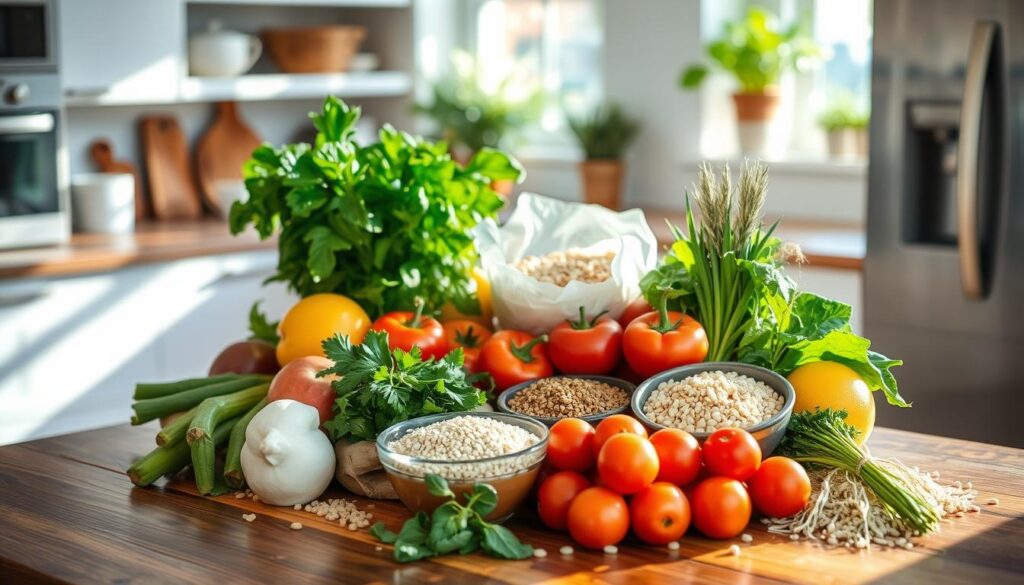
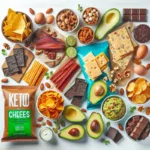
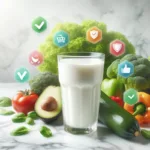


3 Comments
[…] are seeking products with simple, recognizable ingredients. Cassava starch fits perfectly into the clean-label trend, as it is minimally processed and […]
[…] On top of that, it helps to organize ingredients in descending order by weight. This ordering will give a clear picture to consumers about which ingredients dominate your product. […]
[…] On top of that, it helps to organize ingredients in descending order by weight. This ordering will give a clear picture to consumers about which ingredients dominate your product. […]